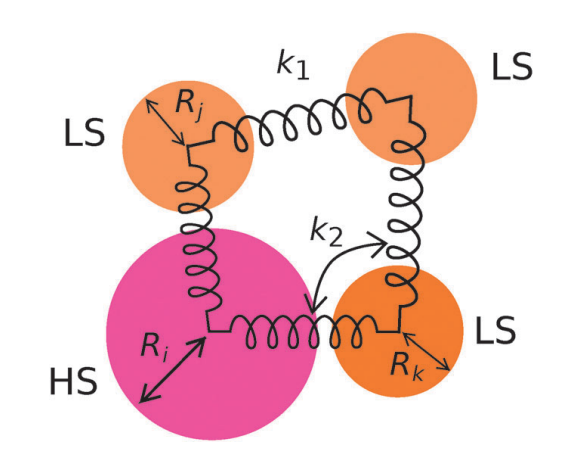Publications
A full publication list can be found on my Google Scholar.
Selected non-orthogonal configuration interaction with compressed single and double excitations (Arxiv)
Chong Sun, Fei Gao and Gustavo E. Scuseria, arXiv:2403.02350 [physics.chem-ph]
We derived elegant formulae to compress a linear combination of orthogonal particle-hole excitations into a much shorter non-orthogonal configuration interaction (NOCI). We further combine this strategy to add dynamic correlation to an NOCI reference, providing a systematically improvable approach to add arbitrary rank of excitations to a multi-reference wavefunction.
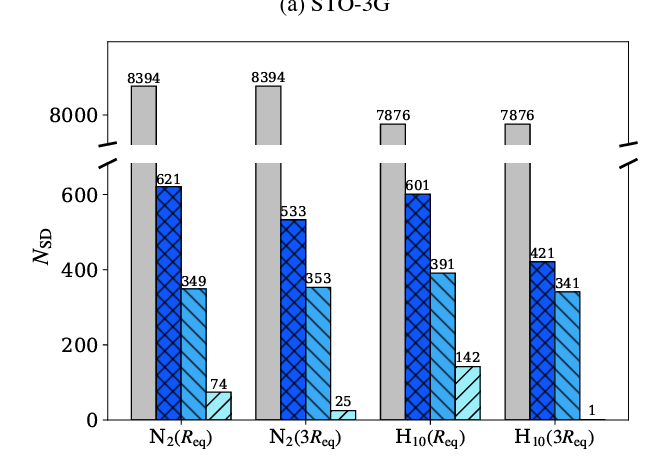
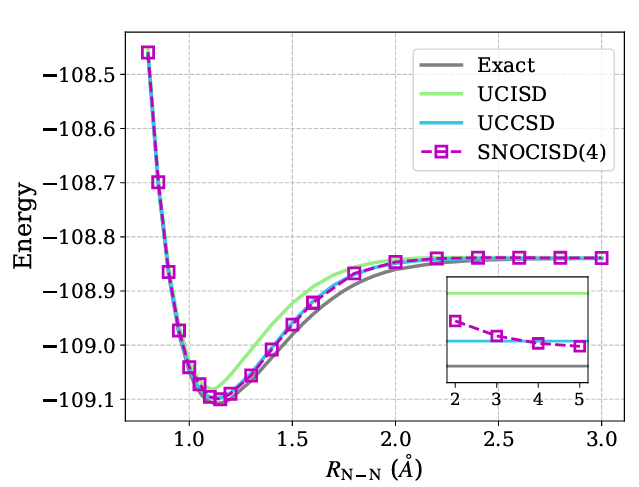
Determining eigenstates and thermal states on a quantum computer using quantum imaginary time evolution (Link)
Mario Motta, Chong Sun, et. al., Nat. Phys. 16, 205–210 (2020).
This work provides a quantum algorithm for imaginary time evolution (ITE). The biggest challenge of implementing ITE on a quantum computer is that the ITE operator is non-unitary. Unlike the popular block encoding approach, our algorithm does not require ancillary qubits. The key is to utilize the entanglement pattern of a physical system.
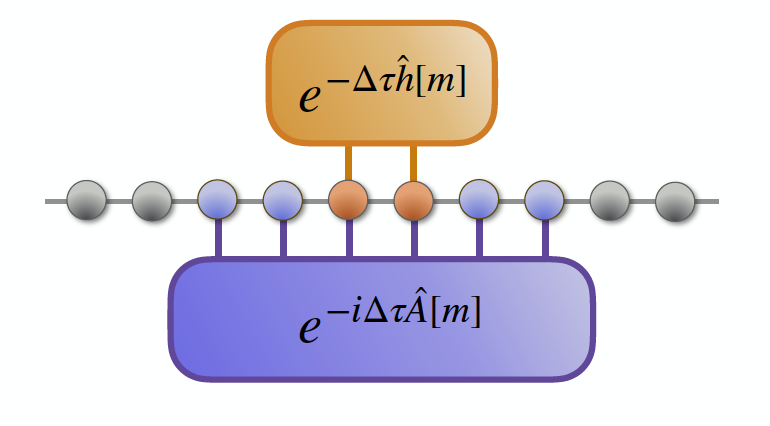
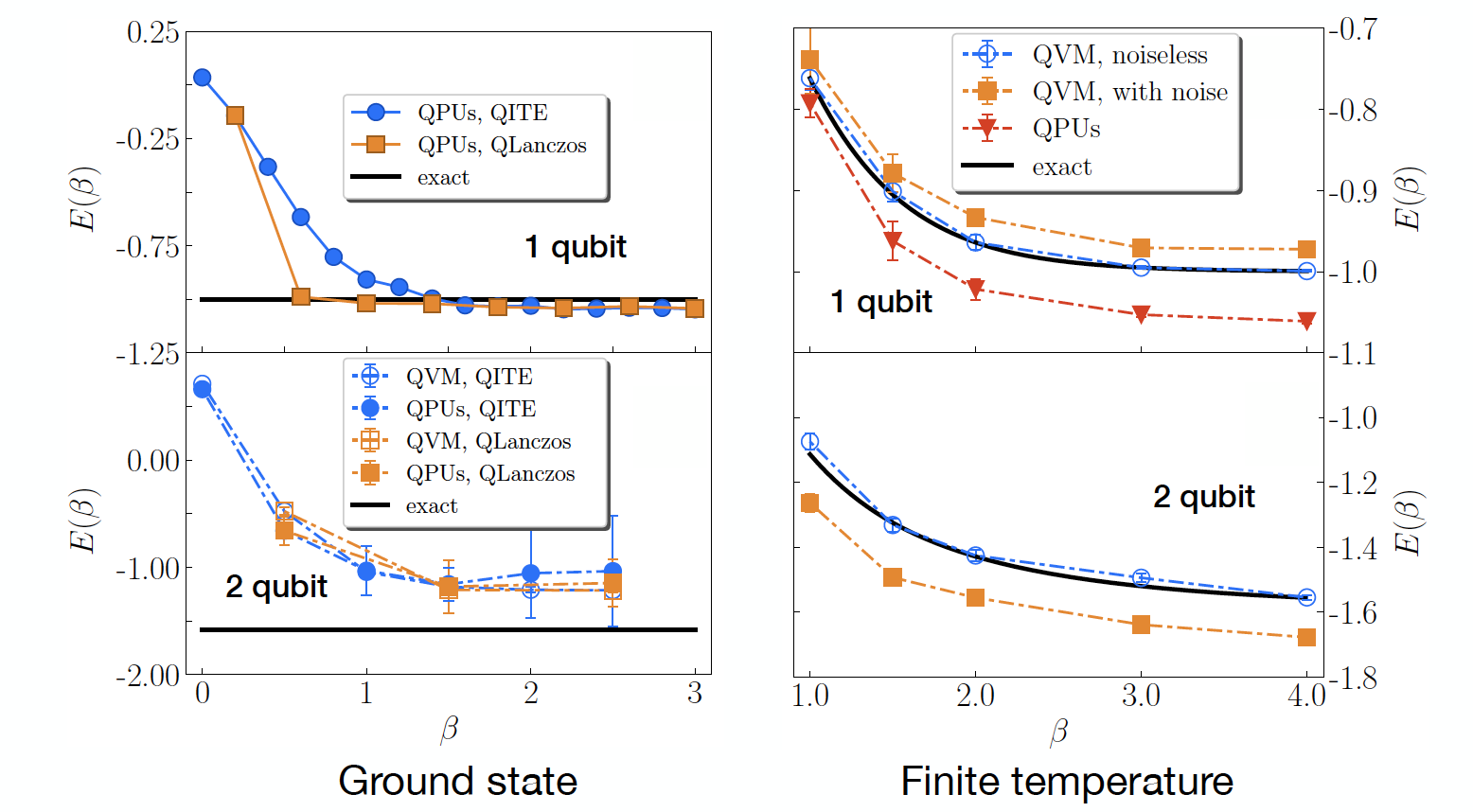
Finite-temperature density matrix embedding theory (Link)
Chong Sun, Ushnish Ray, Zhi-Hao Cui, Miles Stoudenmire, Michel Ferrero, and Garnet Kin-Lic Chan. Phys. Rev. B 101, 075131 (2020)
This paper provides a new vision on the behavior of entanglement at finite temperature. It also provides a numerical algorithm called finite-temperature density matrix embedding theory (FT-DMET), which is powerful for computing observables and phase diagrams for strongly correlated systems at finite temperature.

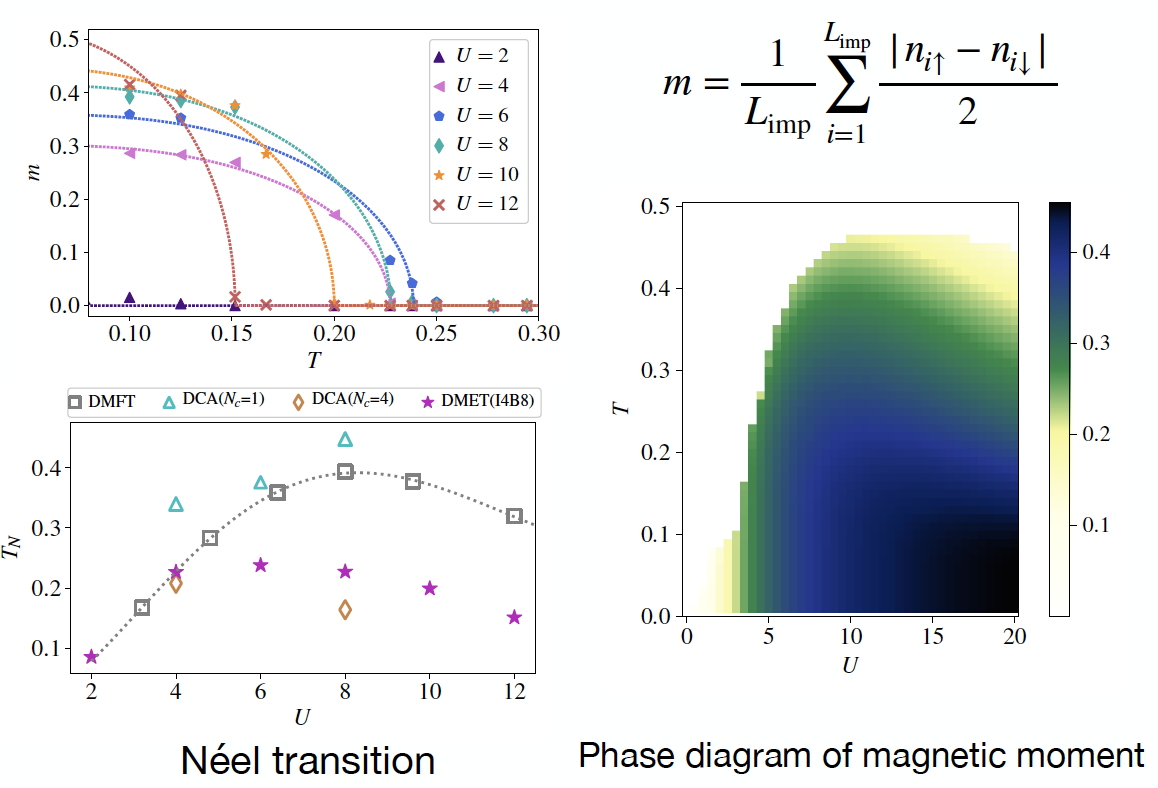
Ground-state phase diagram of the three-band Hubbard model from density matrix embedding theory (Link)
Zhi-Hao Cui, Chong Sun, et. al. Phys. Rev. Research 2, 043259(2020)
Three-band Hubbard model is a good model-approximation to the two-dimensional cuprate layer, which is the key structure of copper-based high-temperature superconductors. This paper applied density matrix embedding theory (DMET) to simulating the magnetic order and pairing parameters of the three-band Hubbard model with dopping, and shed light on understanding the mechanism of high Tc superconductors.
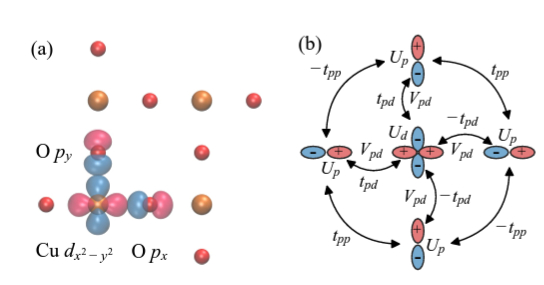
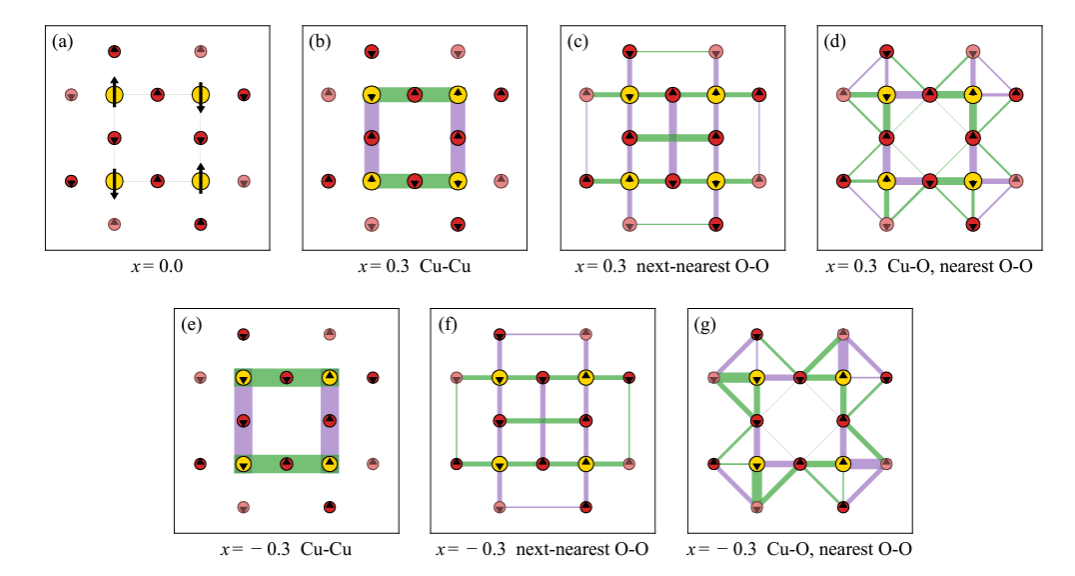
Monte-Carlo simulations of spin-crossover phenomena based on a vibronic Ising-like model with realistic parameters (Link)
Hong-Zhou Ye, Chong Sun and Hong Jiang (equal contribution), Phys. Chem. Chem. Phys.,17, 6801-6808 (2015)
This work used realistic lattice parameters derived from density functional theory (DFT) simulations to study the spin crossover (SCO) behavior of the [Fe(pz)Pt(CN)4]·2H2O lattice. We simplified the complex lattice with an Ising-like model with elastic coupling between SCO centers. We profiled the thermal hysteresis of this SCO systems with Monte Carlo simulation.

